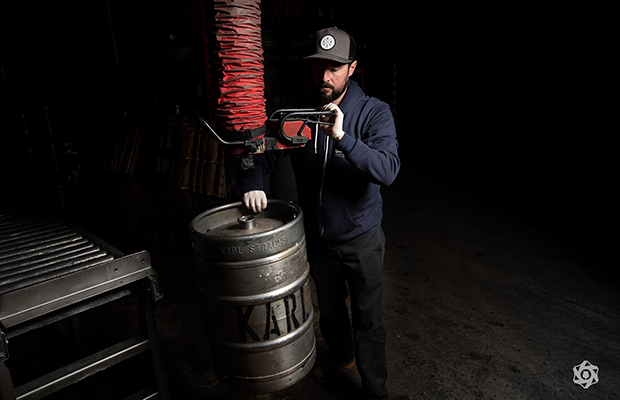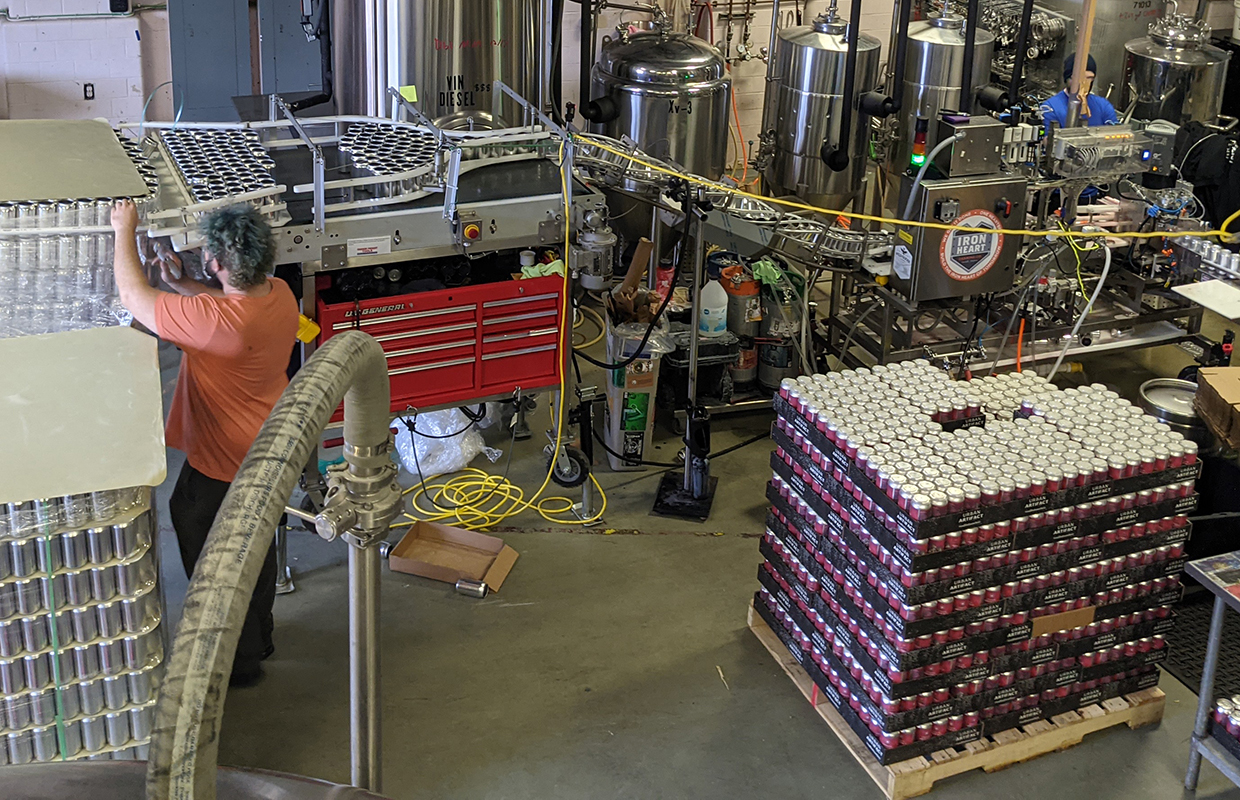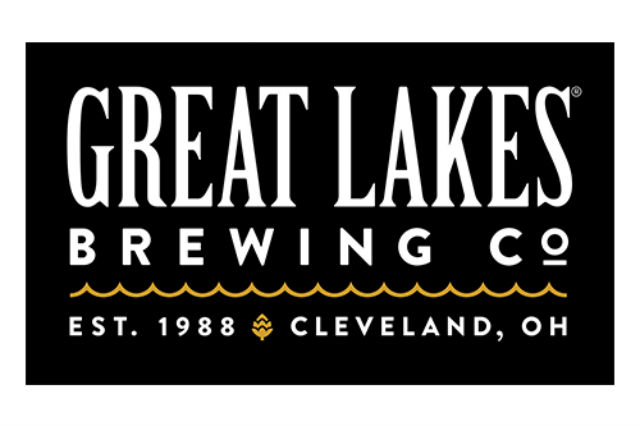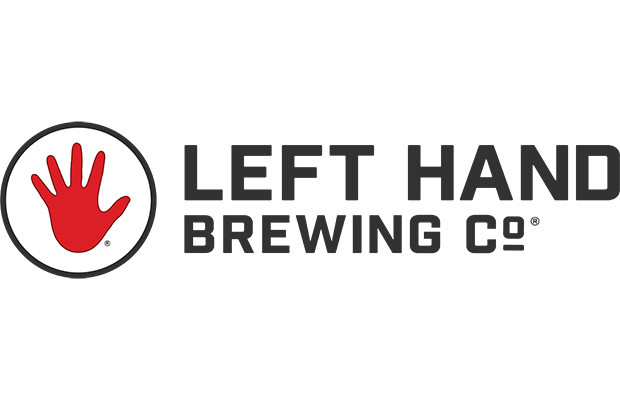
Leasing kegs can be just like leasing a car in terms of rental agreements and buyouts so being strategic is important so your brewery is not out more money than you should be.
There are three ways breweries can go about getting kegs. One option is buying outright. Another is leasing and the last is pay-per-fill. Depending on the size of your brewery, your distribution footprint, and your on-hand capital, considering the different options makes sense for your brewery.
Karl Strauss Brewing Company, with 11 brewpub locations across Southern California, opts for a combination of these things.
“For our self-distribution division, we own our fleet of kegs,” said Karl Strauss representatives in an email to Brewer. “Since we are in control of delivering — and more importantly, picking up empties — the risk is low with losing these kegs and we can turn them pretty quickly which provides us with good ROI.”
Kegs sent to wholesalers, however, are rented from Kegstar with a multi-year term and are rented and pay-per-fill. That works for Karl Strauss because it mitigates risk of kegs being lost in the field since the brewery isn’t responsible for those kegs once they leave the brewery.
By going with a pay-per-fill option, kegs are delivered to a brewery, where the brewery then fills and ships them. The brewery pays a fee each time a keg is filled and shipped out to a distributor. The keg ‘leaser’ will track the kegs and arrange a pickup with the wholesaler. Any kegs that are damaged or lost are no longer the responsibility of a brewery itself, but of the leaser.
Costs associated with pay-per-fill vary on the size of the kegs and how far they are traveling. A smaller keg sent to a local distributor will be cheaper than a bigger keg sent across the country.
The best way to estimate these costs are by just doing the math on how many kegs your brewery ships in a year and how far they travel, and compare that to the cost of leasing kegs.
The benefits of going this route are flexibility with a brewery’s needs. This can also free up capital for brewers since they only have to pay for kegs they need, and the management of the kegs themselves is out of the brewery’s hands. While kegs are on-site, brewers must clean and maintain kegs, but once they leave, it’s part of the leaser’s job to keep track of the kegs.
Karl Strauss has on-premise customers pay a $30 deposit for rented kegs, which is credited back after they pick up empty kegs.
When asked for advice they would give to other brewers, the Karl Strauss representatives said it’s not a one-size-fits-all program, and brewers should consider the pros and cons of all options before making a decision.
They added that brewers should be cautious when considering a lease about the purchase price at the end of the lease agreement.
“What is your out clause?” they said.
G4 Kegs recommends looking for an ownership-based lease. Monthly payments on leased kegs should ideally go toward buying the keg, and with every payment going toward buying, the buyout cost is lowered as a brewery builds equity in the kegs.
Breweries can rent-to-buy new or used kegs, but when putting down a deposit when leasing, it’s important to make sure it’s under 20%, and to choose the shortest-term lease with a monthly payment the brewery is comfortable with. If a brewery has a high keg-loss rate, and a long lease, it could end up paying for kegs that no longer exist.
But every brewer has different needs, so choosing between a pay-per-fill and a rent-to-buy option can be based on where the kegs are going. That’s why kegs sent to Karl Strauss wholesalers are pay-per-fill with Kegstar. Generally, the further kegs are shipped, the higher the loss rate and the slower the turnaround. So when shipping kegs out of town or out of state, a pay-per-fill option might work better, whereas kegs staying at the brewery might be owned, so the brewery is in control.
If your brewery is already in a lease agreement and wants to switch to the pay-per-fill model, some vendors will allow a change in agreement.
To evaluate which option is best, it’s important to know the true cost of the kegs, which includes the lease cost as well as the cost of management of the kegs, which includes handling, cleaning, tracking, and dealing with lost kegs. So while breweries don’t have to have the capital to buy a fleet of kegs, but the downside is that after a while, the leasing becomes more expensive than buying if the brewery isn’t in an ownership based-lease.





Be the first to comment